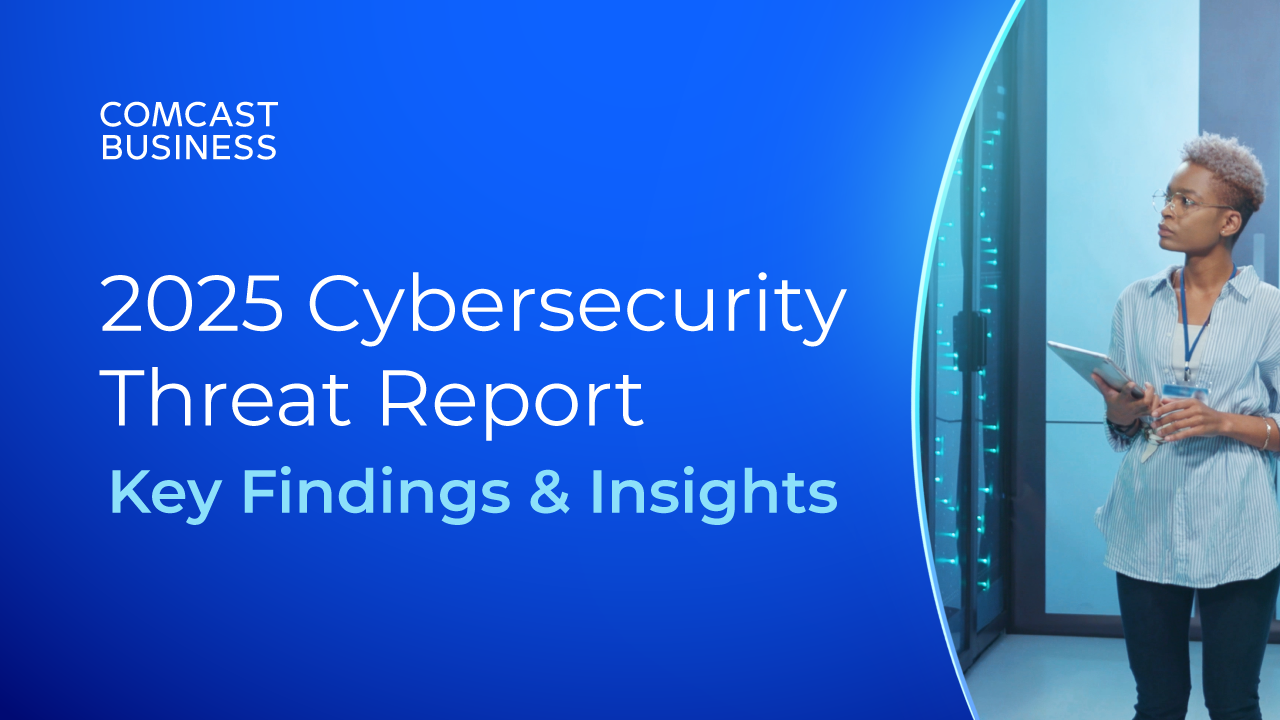Disrupting Disruption

Modern businesses are surrounded by risks, and in a network-centric world a disruption to your network can be as damaging to productivity as a natural catastrophe or a manmade event such as a labor strike. In fact, it when it comes to your business’ network, “old school” sources of disruption such as blizzards and floods barely move the needle as a concern. A 2015 survey by the Business Continuity Institute (BCI) reported that human error was the cause of 73 percent of IT downtime; hardware and software failure accounted for 25 percent. The remaining 2 percent were chalked up to natural events.
These results paint a clear picture. Technology plays such a central role in nearly all business processes that it’s dramatically changed the idea of what represents a business continuity threat. Given that most companies today rely on uninterrupted network connectivity in nearly every aspect of their business, network business continuity planning should be a fundamental piece of your overall risk management strategy. Fortunately, new innovations are emerging to help businesses become more nimble and shorten the time they are offline when their networks are disrupted.
Solutions must evolve
Placing network business continuity under the overall risk management strategy for a business aligns with the view that networks themselves have shifted from being tactical to being strategic.
An IDG Research Services survey in 2015 found that 49 percent of IT leaders view the network as strategic. A similar survey in 2011 survey found that only 38 percent viewed the network as strategic. This rapidly evolving perception of the strategic network requires an evolution in how it is managed.
The bread-and-butter business continuity strategy around a business’ network includes tactics not too far removed from other areas of a company. To prevent disruptions in its supply chain, for example, a company should have one or more backup suppliers in varied and/or risk-averse geographies. Similarly, many businesses back up critical data and applications at varied sites and/or multi-tenant facilities engineered with critical system redundancy.
According to the BCI survey, 50 percent of business’ IT continuity plans depend on offsite backup. (Shockingly, but perhaps not surprisingly, 3 percent have no plan at all.) The same survey shows that businesses would like to set the bar higher for recovery time after an interruption, but instead settle for less inspired performance: 100 percent of businesses aspire to have a recovery time of under 24 hours, and 50 percent aim for less than one hour. Yet among these same businesses, 25 percent say their actual recovery time objective is 24 hours or more; and only 5 percent have one hour or less as their realistic objective.
Companies that move slower in the network restoration process “are typically those that have offsite backups and carry out their own recoveries in-house,” according to the BCI report. Businesses that look to cloud-based Disaster Recovery as a Service (DRaaS) can react far quicker.
Leading-edge network continuity
Slow recovery is better than no recovery, of course. Estimates and time frames are wildly disparate for how long a network can be disrupted before it becomes an existential matter for the company. Businesses looking for ways to improve their resilience to disruptions and gain valuable time are turning their attention to an emerging solution known as software-defined networking (SDN).
In a nutshell, SDN is an emerging architecture that addresses many of the needs of modern businesses, including network continuity. It’s cost-efficient, flexible and scalable, for a start, but the business continuity benefits come from the fact that SDN allows network administrators to dynamically route traffic on the network to meet changing needs. SDN accomplishes this by separating the network control and forwarding functions. This essentially creates more connections throughout the network and lets the administrator act as a traffic cop, steering data to the nearest shortcut to its destination. More options and connections mean speedier recovery and less network downtime.
An incredibly flexible approach to networking, SDN allows engineers and administrators to support networks and shape traffic from a centralized control without physically touching any hardware. Along with that come cost savings—and a potentially invaluable tool in any business' risk management and business continuity strategies.
Locked Content
Click on the button below to get access
Unlock NowOr sign in to access all content on Comcast Business Community
Resource Center
Learn how Comcast Business can help
keep you ready for what's next.







![comcast_cta-temp_v2_SDN[2] comcast_cta-temp_v2_SDN[2]](https://cbcommunity.comcast.com/images/default-source/default-album/comcast_cta-temp_v2_sdn-2.png?sfvrsn=0)



